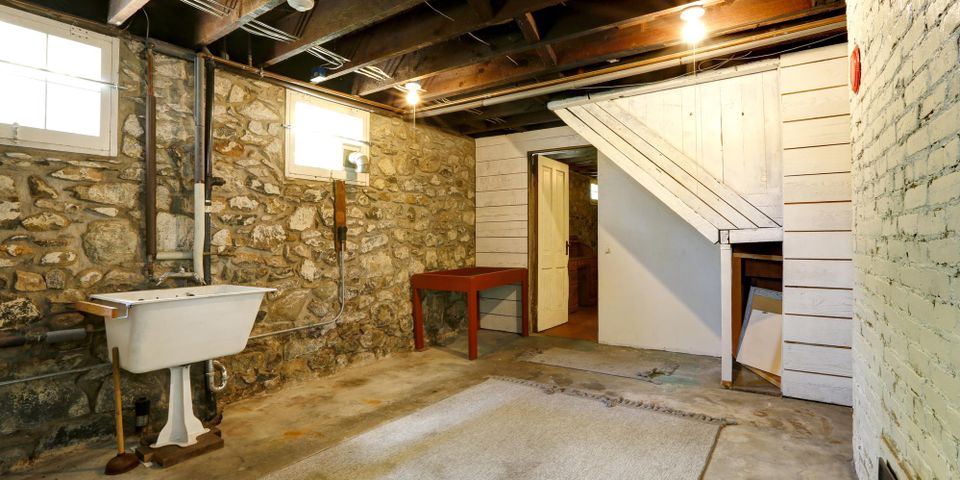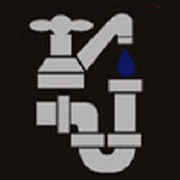
Sump pumps are essential in homes with a high water table because they prevent basement flooding and mold and mildew growth. However, like other home components, sump pumps can develop wear that interferes with their ability to remove water from the basement. Below is more information about how to test your device as part of routine sump pump maintenance, and why it matters.
How Should You Test the Sump Pump?
There are two basic ways to test your sump pump. The first involves unplugging the power from the float switch and the pump motor. After about a minute, plug them both back in. A working pump should start operating again immediately. If it doesn’t, your pump could have have a damaged starter or motor.
 The other way to test a sump pump is by introducing water to the basin. Fill your sump pump high enough that water touches the float switch and triggers the pump to start. If the pump activates, it should immediately move the water inside the basin, and the water level should lower.
The other way to test a sump pump is by introducing water to the basin. Fill your sump pump high enough that water touches the float switch and triggers the pump to start. If the pump activates, it should immediately move the water inside the basin, and the water level should lower.
How Often Should You Test It?
Regular testing is crucial to prevent floods and moisture buildup in the basement of your home. When these issues arise, you could ruin the carpeting and furniture if it’s finished, as well as damage the foundation of the house. You should test it once in the fall and once in the spring, as precipitation is likely during these periods. Specifically, sump pump maintenance is critical when dealing with snow, as it can drain into the basement when it melts.
If you test your sump pump and it isn’t responding, contact Joe Klosterman Plumbing in Cincinnati, OH. This family-owned and -operated company has been helping homeowners since 1983 with everything from plumbing repair and sump pump maintenance to water heater installation and drain cleaning. For more information about their services, visit the website. Call (513) 941-6766 to speak with a friendly representative about your plumbing issues.
About the Business
Have a question? Ask the experts!
Send your question

